Arrowquip Blog
Insights, stories, and updates from the world of cattle handling.
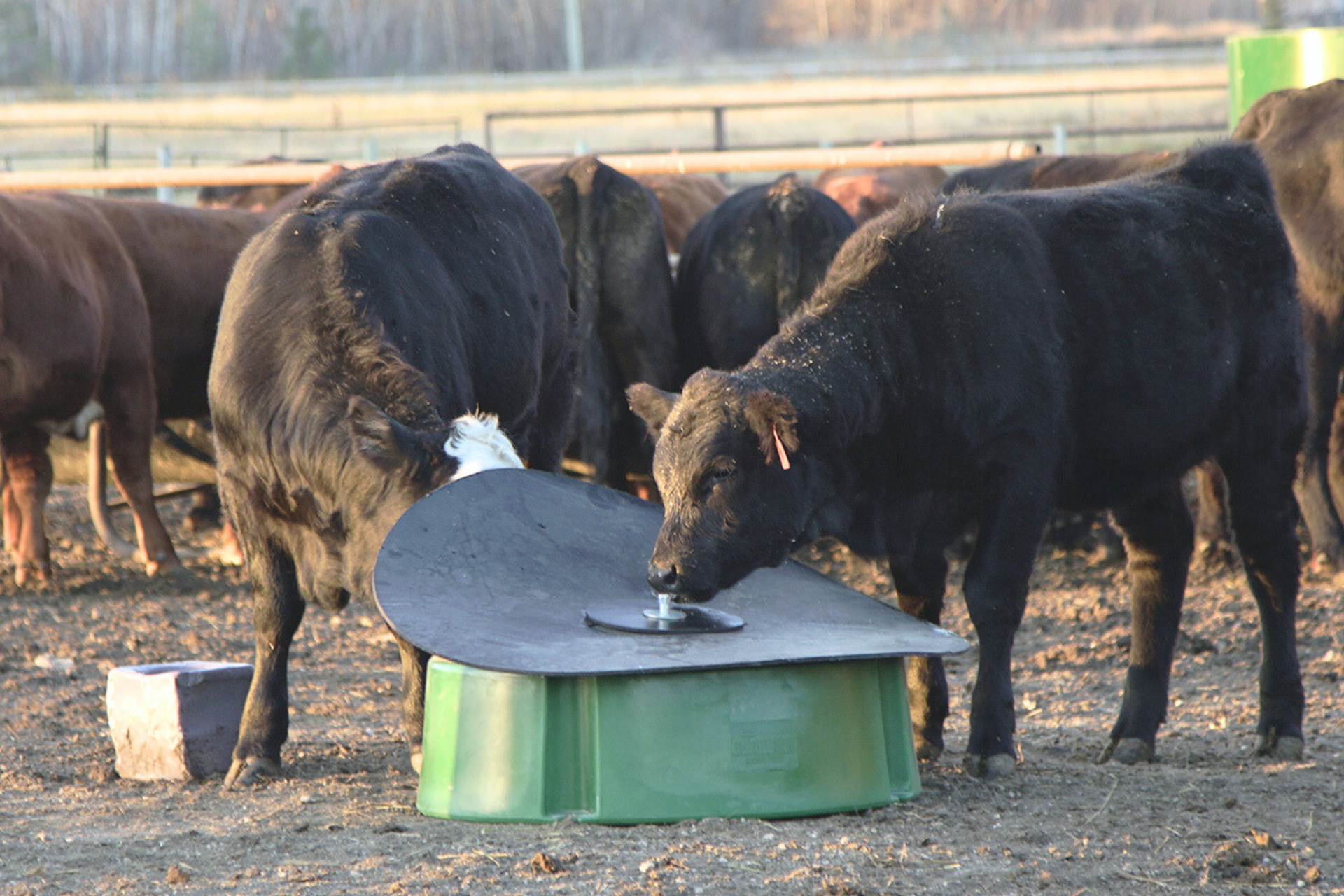
Cut Costs and Boost Herd Health with a Cattle Mineral Feeder and Round Bale Feeder This Winter
Feeding cattle and maintaining herd health during winter can be challenging, but investing in efficient feeding solutions saves time and money and pays off over the long term.
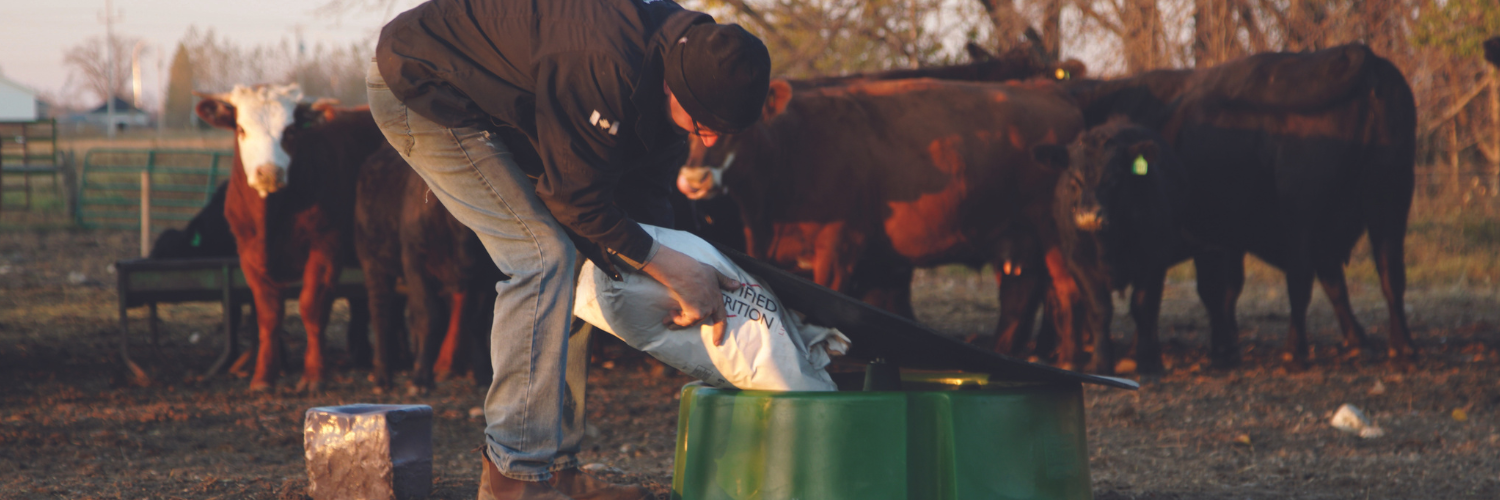
The Secret to Making Feed Go Further: Unlock Savings with a Cattle Mineral Feeder and Round Bale Feeder
Learn how choosing the right durable cattle mineral feeder or round bale feeder can save you money by minimizing feed waste.
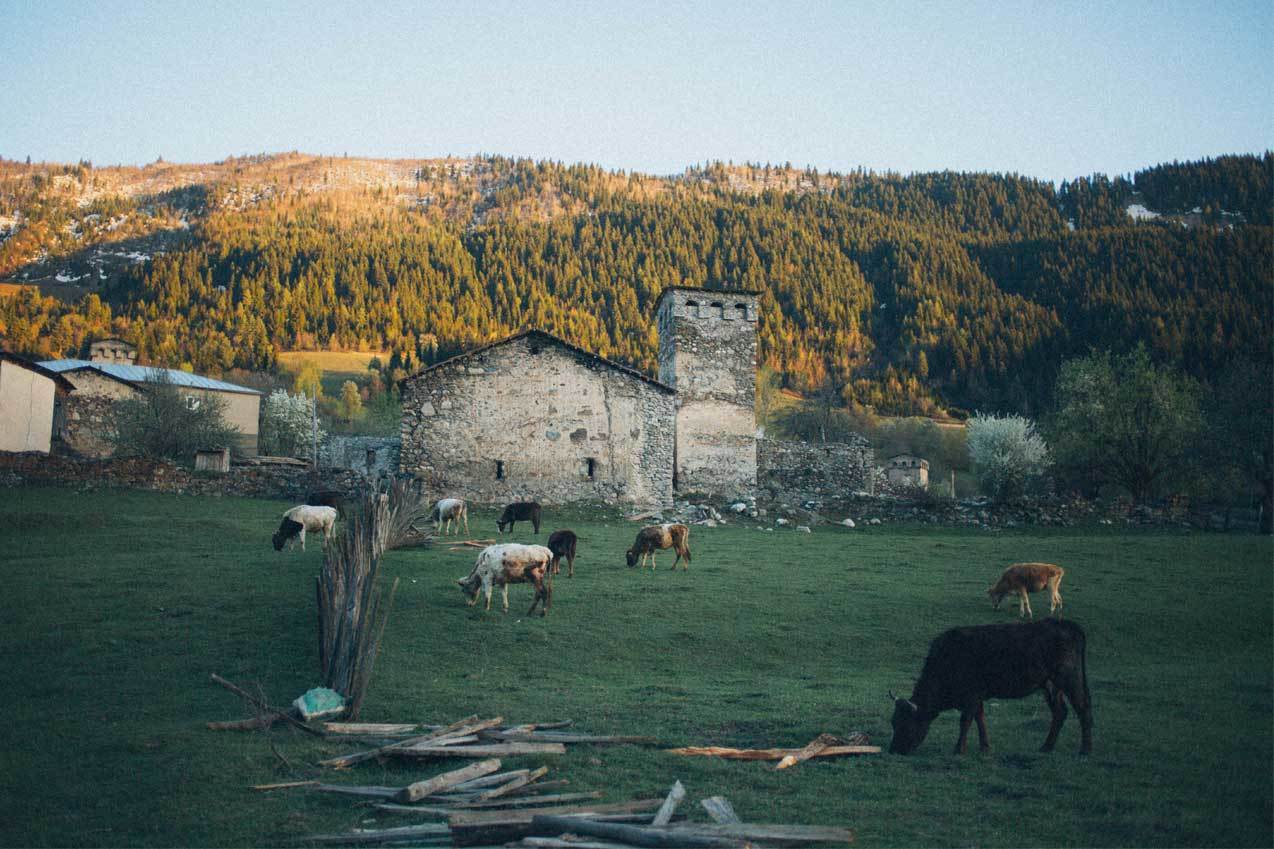
Cattle Handling Facilities | 3 Reasons Yours is Broken and How to Fix It
No one wants to lose time fixing a broken cattle handling facility or watching the day fall apart. Here are three common reasons facilities fail—and how to fix them before they cost you more time.
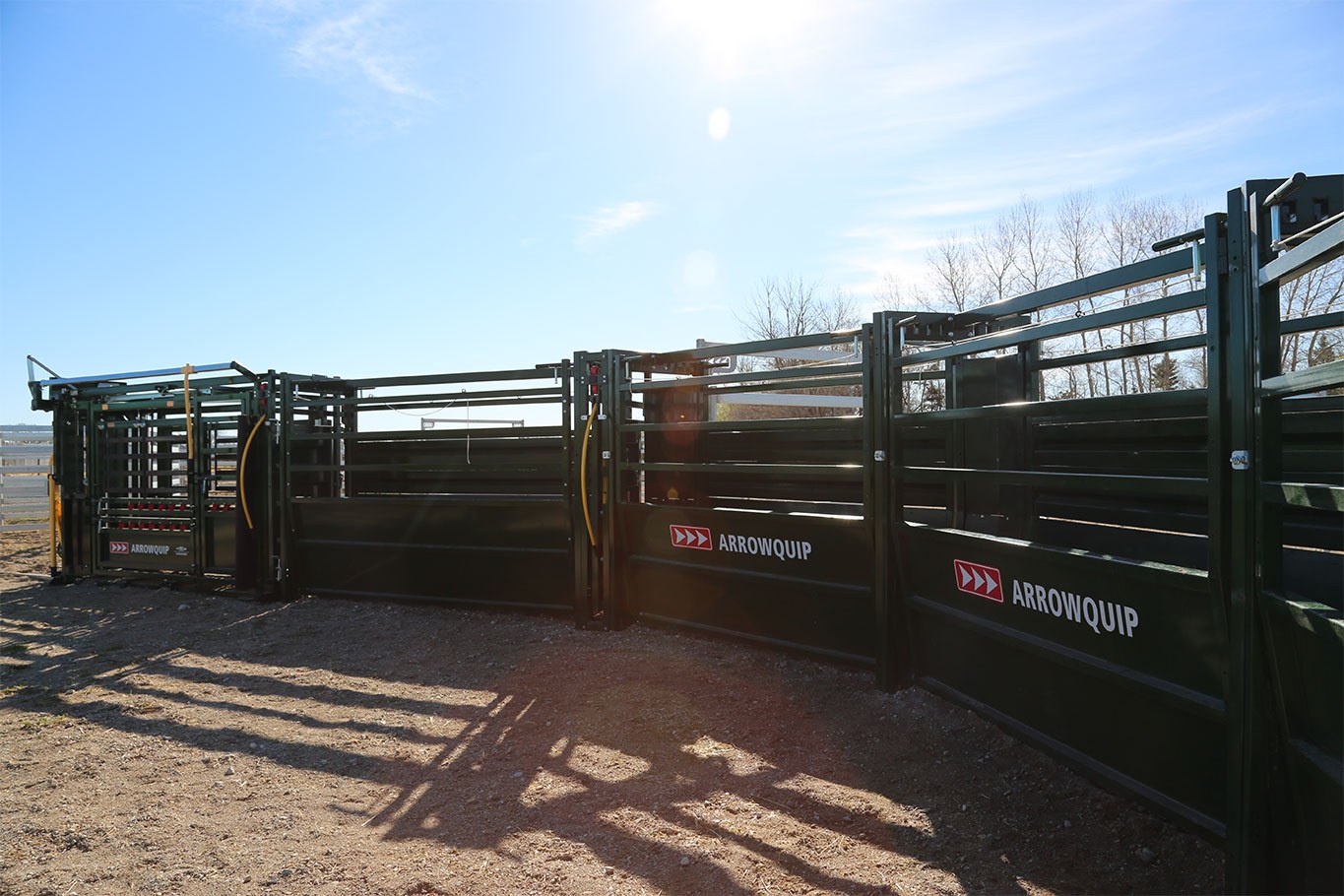
Hold Up: Where To Place Cattle Alley Gates In Your Working System
Cattle alley gates are essential in regulating cattle flow through your handling system. This is a guide for placing alley gates in your cattle working system.
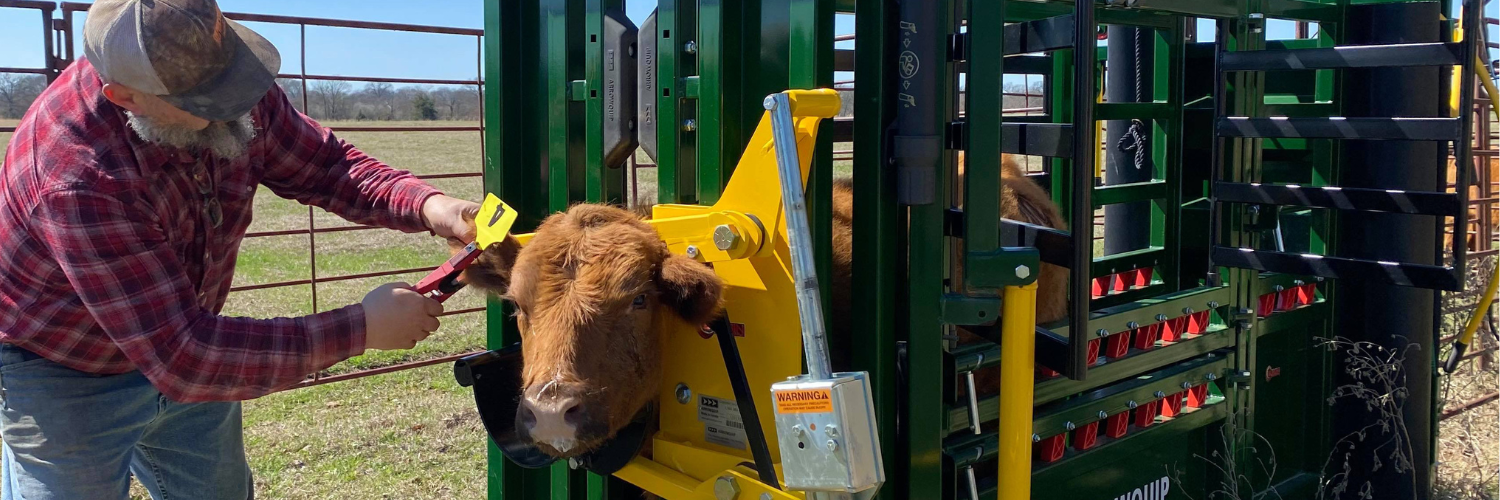
Cattle Equipment 101: Which Accessories Should You Choose?
Cattle chutes, panels, and feeders are essential, but accessories matter too. Learn how the right cattle handling accessories improve safety, efficiency, and overall success on your ranch.
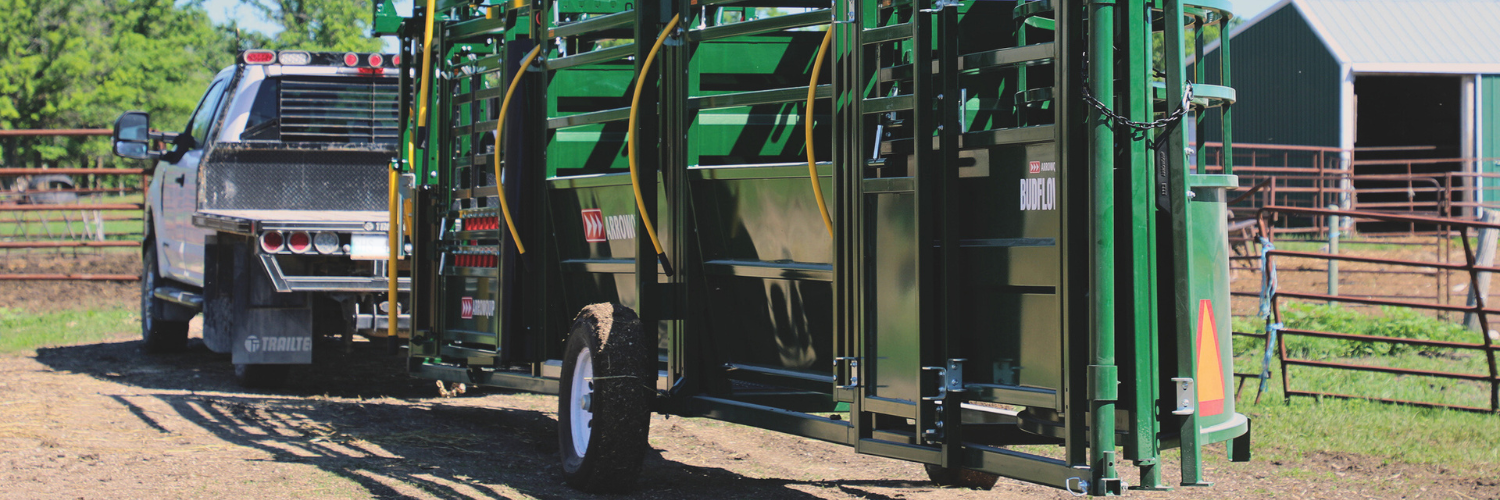
What Portable Cattle Handling System is right for you?
Arrowquip’s portable cattle handling equipment offers easy setup and transport, letting you create a system perfectly suited to your operation, no matter the location.
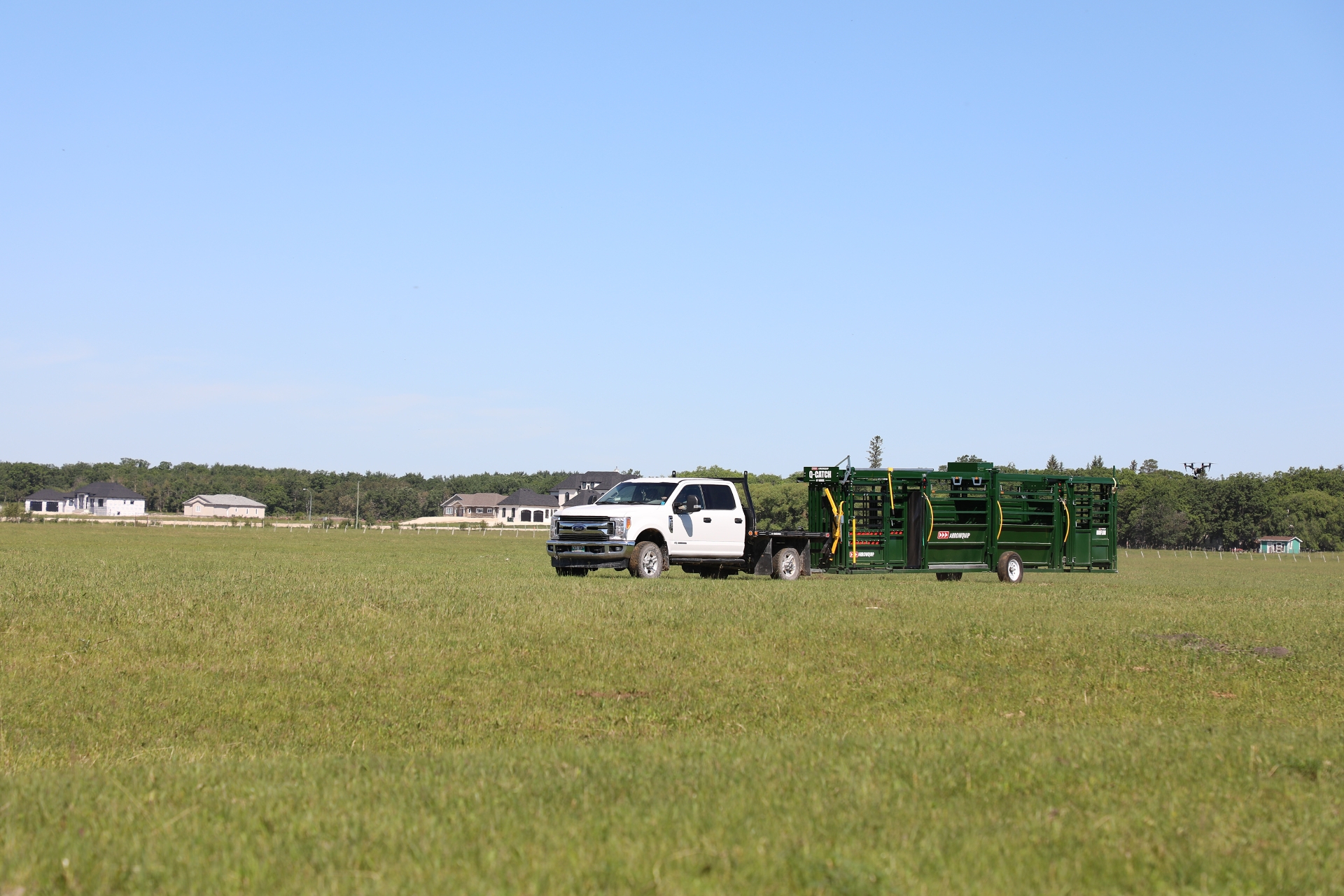
Portable Cattle Handling System Innovations
New things are happening in the cattle industry. Learn about the latest innovations in portable cattle handling equipment, and how they can benefit your operation.
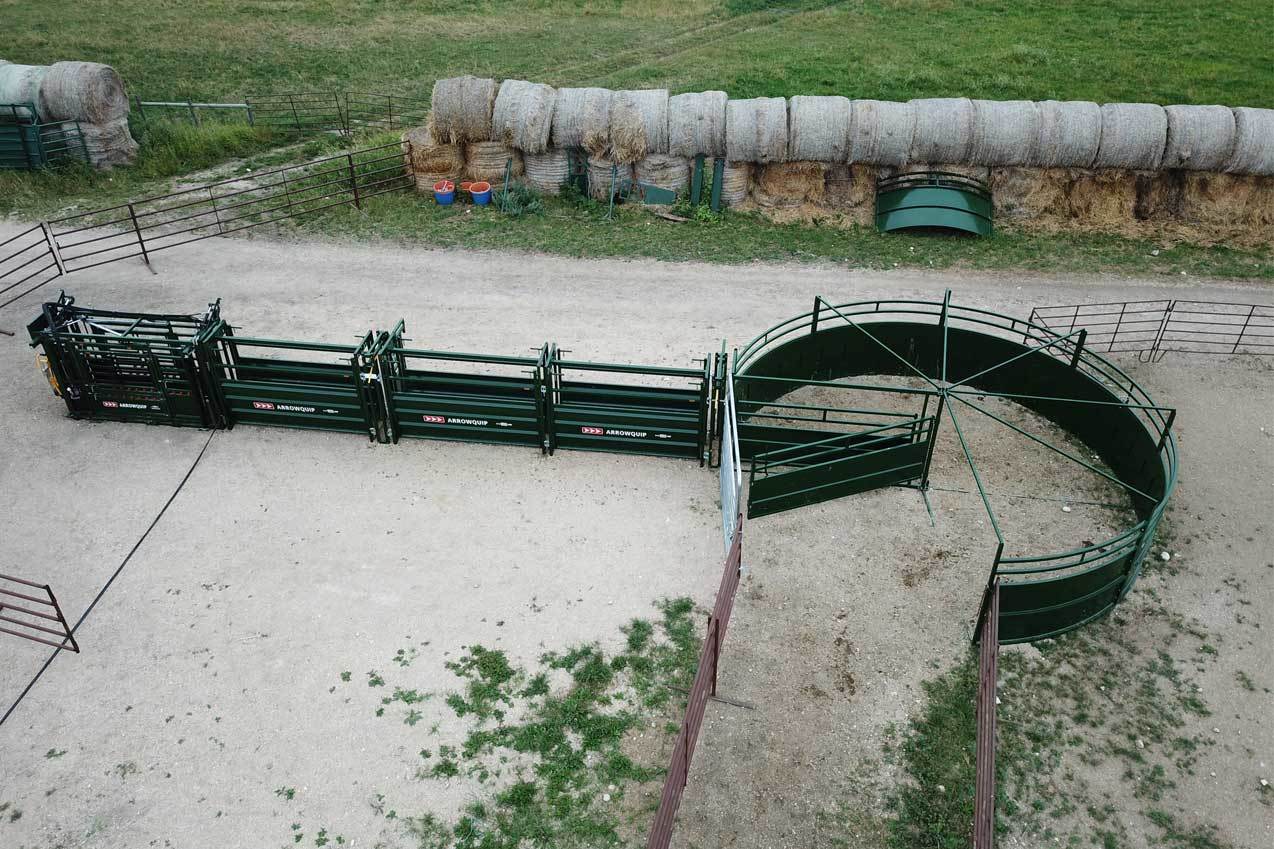
5 Reasons you might need a Hydraulic Chute
Hydraulic chutes aren’t just for large feedlots. They can be a smart alternative to manual or self-catch chutes for operations of many sizes. Here are 5 reasons why.
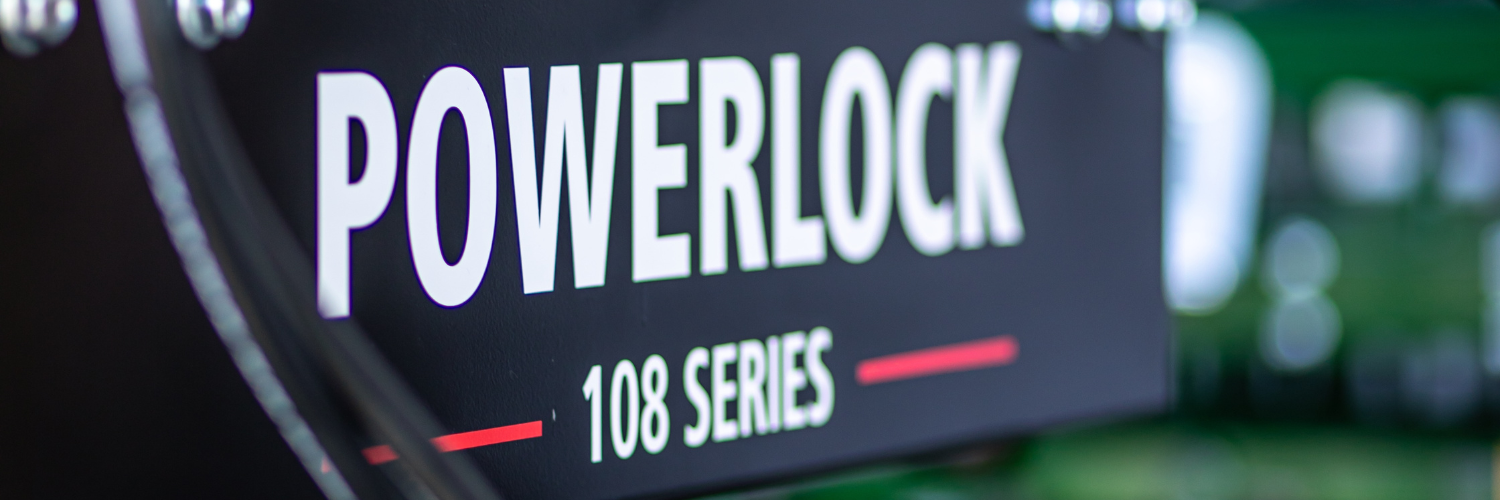
Considering a Hydraulic Cattle Chute? Here’s What You Need to Know.
The initial price of a hydraulic chute matters, but other key factors impact long-term value. Discover how to choose a cost-effective, durable solution for your ranch in our blog.
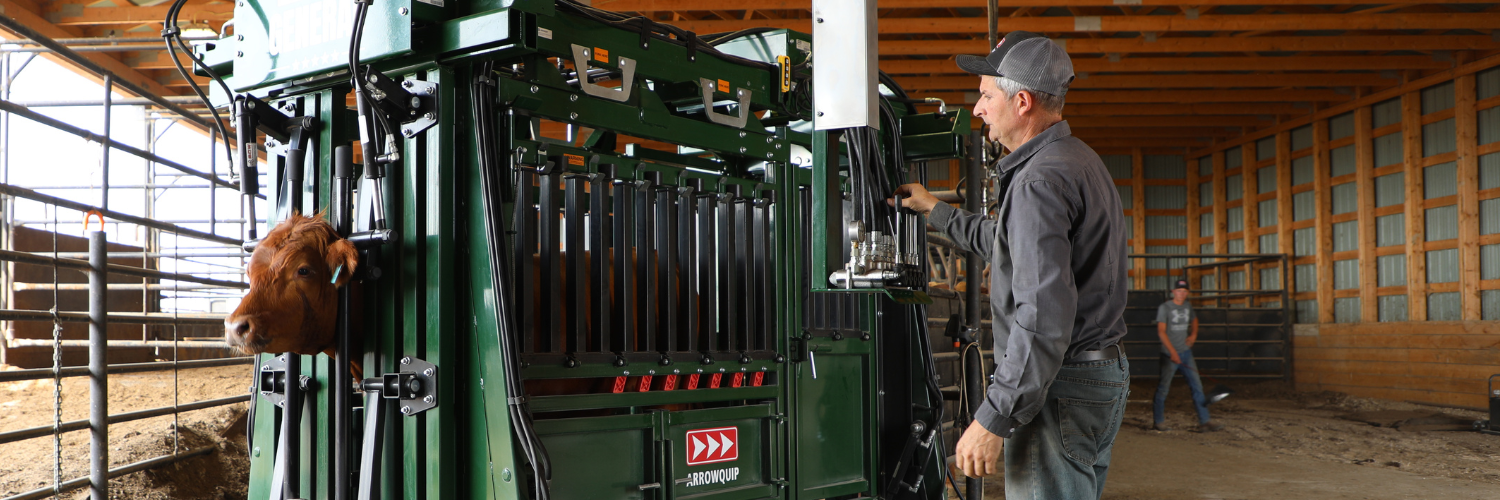
Evolution of the Hydraulic Cattle Chute
Cattle equipment has a long history, and advances in technology and mechanization—like hydraulic cattle squeeze chutes—have made handling safer, easier, and more efficient.
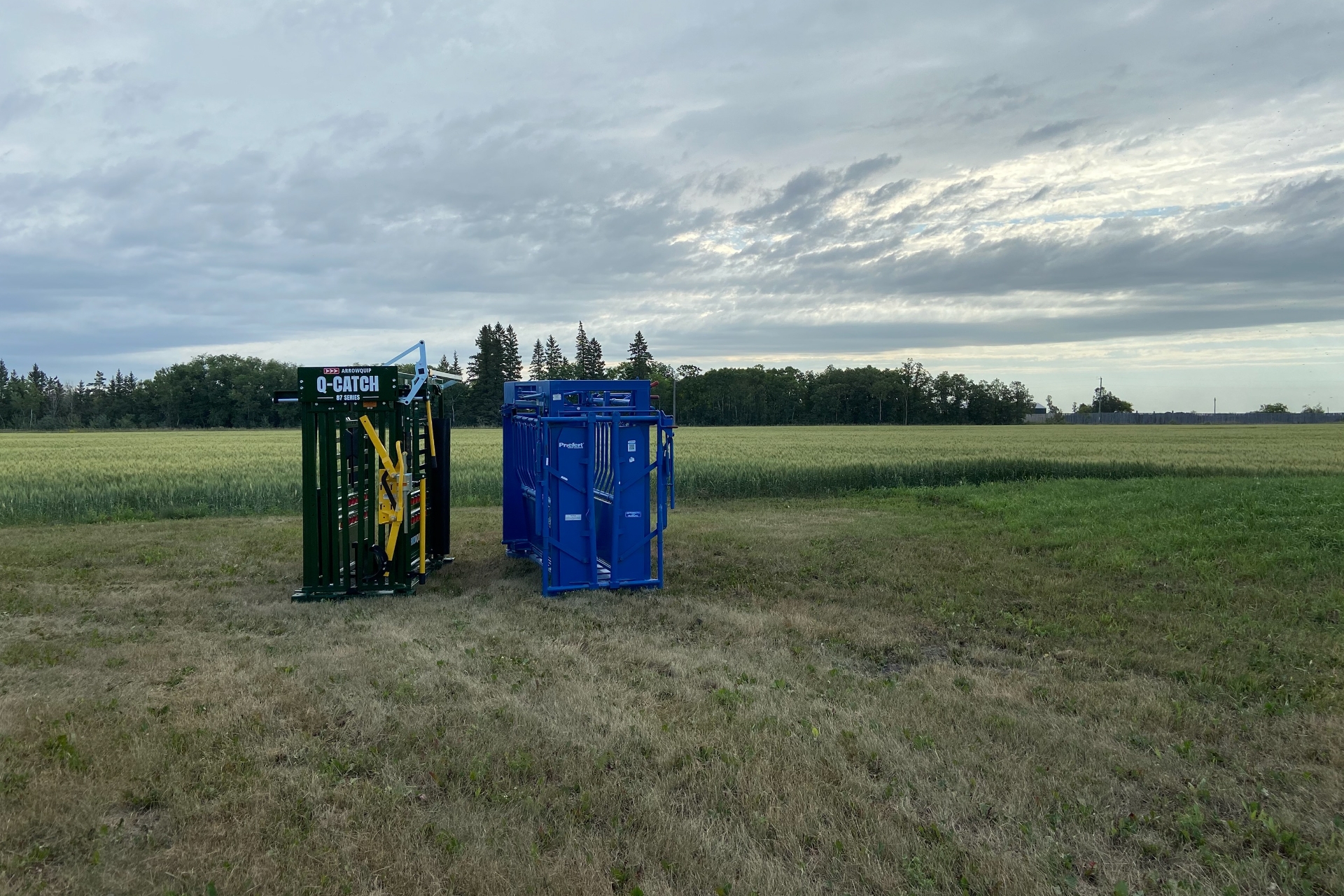
Which Livestock Head Catch is Better? | The Battle of Manual VS Self-Catch
The debate between manual and self-catch livestock head catches has gone on for years. As the industry shifts toward low-stress cattle handling, it may be time to rethink how you manage your cattle.
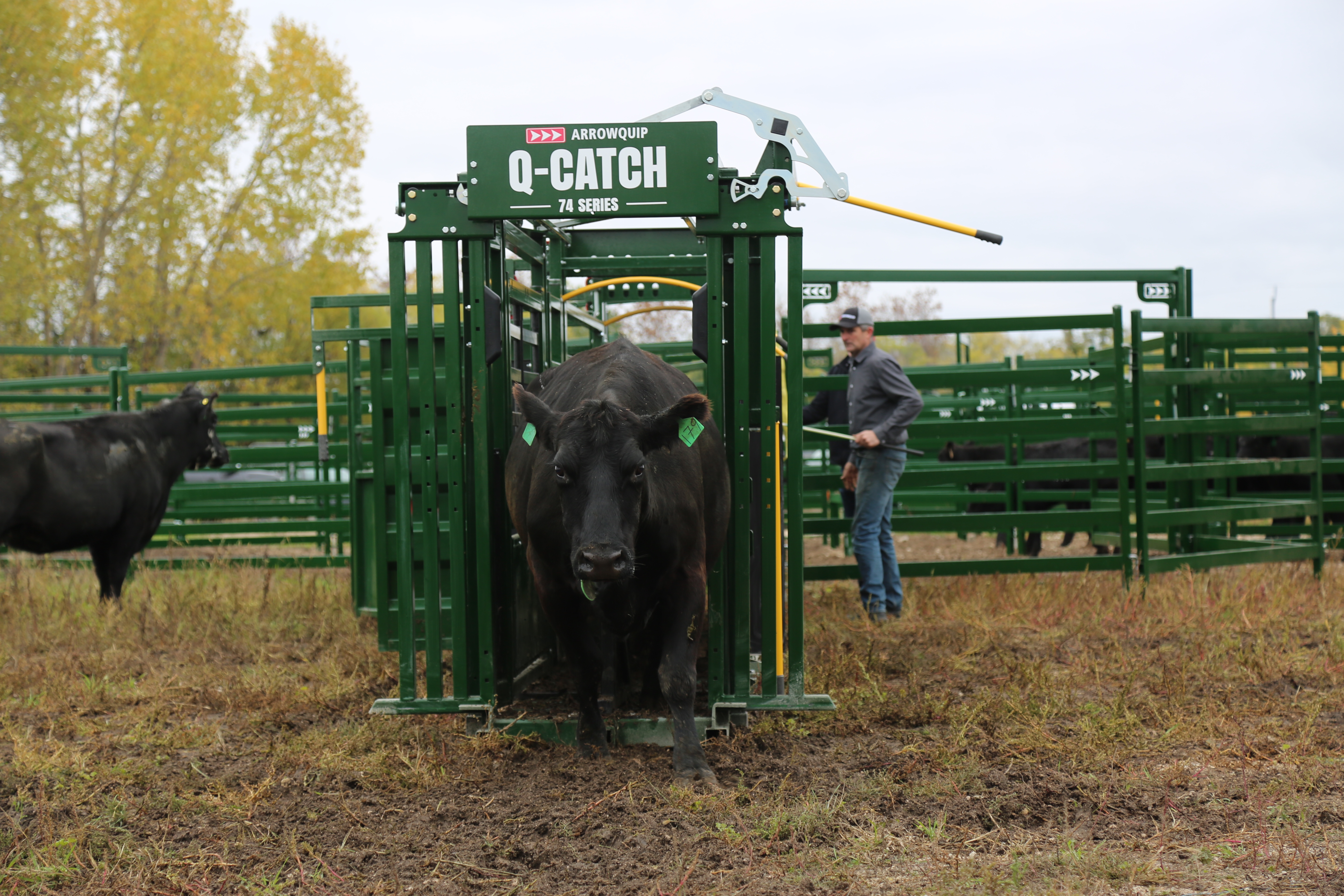
Not All Manual Cattle Head Gates Are The Same | Battle of the Head Catches
Time to upgrade your operation with a new chute or head gate? Don't be fooled, not all manual catch chutes are made equal!